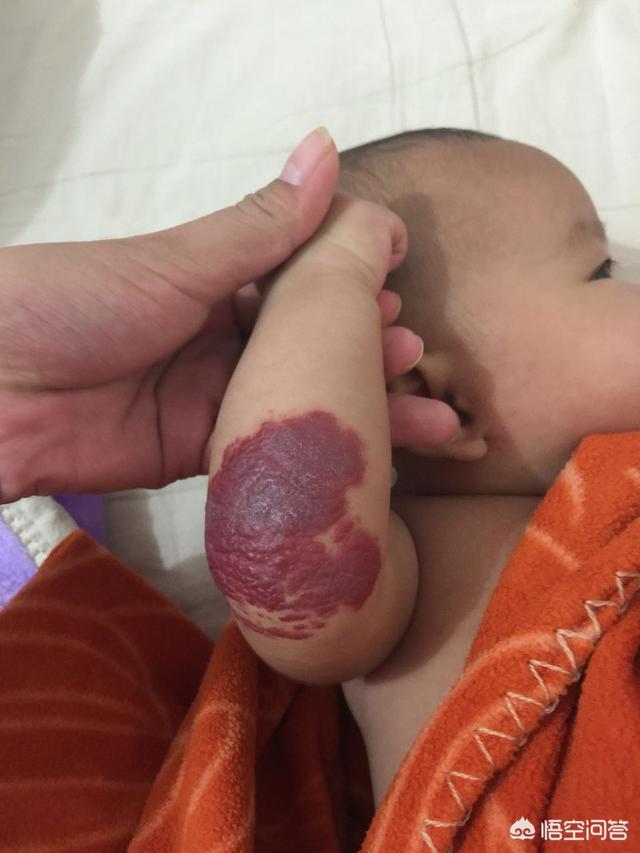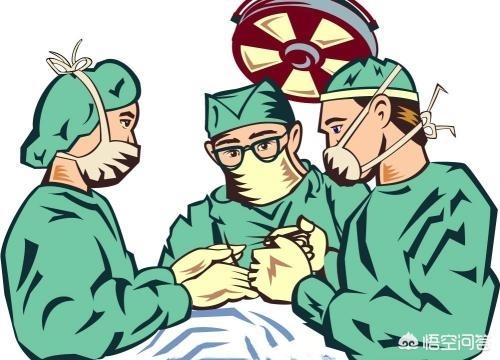Is a hemangioma on the upper eyelid at 15 months serious?
Hello!
The principle and diagnosis is clear in the answers of many of you above.
In the past, observation was advocated, with prompt medical attention for any changes.
But - that's the past.
For hemangiomas, especially long in the face and other exposed areas, joints. Current domestic and international guidelines recommend aggressive treatment and early intervention.
Current treatment modalities:
1. Local sclerotherapy injection to occlude the vessel.
2. Superficial blood vessels remaining on the surface can be removed by pulsed dye laser.
Is this serious?
At present, the hemangioma on the baby's eye is not serious, but considering that the tumor grows in the location of the upper eyelid, it may invade the eyeball if it continues to grow and cause the baby tovisual impairmentand other issues.
Therefore.Parents are advised to be proactive in seeking medical attention while actively observing。
For infantile hemangiomas.On the one hand, we should pay close attention to the development of the tumorOnce you notice any abnormality in the tumor, such as, excessive growth, rupture and bleeding, infection, ulcers, etc., you must seek medical treatment promptly.
On the other hand, be proactive in seeking medical attentionIn order to determine the type and depth of the hemangioma, you should follow the scientific and effective methods of care and treatment under the guidance of your doctor.
Hello, I'm Mingjie Yang, and I'm here to answer this question for you.
When a baby is born or shortly after birth, there will be some marks on the skin, these marks are either red or pink, the shape and size and the location on the body also vary. Many moms think of these marks as "birthmarks" because they don't hurt or itch, and they don't affect their lives.
However, these marks may be a sign of vascular lesions, and there is also the possibility of infantile hemangioma, so what exactly is a hemangioma? And how does it need to be handled?

I. What is infantile hemangioma?
Hemangiomas are congenital benign tumors or vascular malformations, most commonly seen in infants at birth or shortly after birth, which originate from residual embryonic angiogenic cells. Hemangiomas occurring in the oral and maxillofacial region account for 60% of hemangiomas in the whole body, of which the majority occurs in the facial skin, subcutaneous tissues, and oral mucosa, such as the tongue, lips, and the floor of the mouth tissues, and a few occurs within the jawbone or in deeper tissues.

Second, will the baby's hemangioma subside by itself?
Hemangiomas are not true tumors, but are neoplastic malformations that develop from an overgrowth of embryonic vascular tissue. Generally speaking, the natural process of hemangioma goes through three periods of growth, quiescence and regression. Taking capillary hemangioma as an example, most of the sick children will have red dots on the skin 10 to 50 days after birth, and then enter into the growth period, i.e., 2 to 6 months after birth, the hemangioma grows rapidly, and the scope of erythema expands rapidly, forming a red swelling above the skin surface, which is very much like strawberry, and so it is also known as strawberry-like hemangioma. Later, after a quiescent period of 1 to 2 months, the tumor grows slowly or stops. Most hemangiomas enter the regression period 8 to 12 months after birth, which is manifested by the decrease of tension and discoloration of the hemangioma, the appearance of white streaks in the middle of the hemangioma, and the gradual expansion of the pale area later, the hemangioma shrinks gradually and disappears slowly.

Third, the treatment of hemangioma?
In the past, the treatment of hemangioma only pursued the curative effect, but often neglected the aesthetic appearance and the development of the surrounding tissues in the later stage. Now, the treatment of hemangioma in Europe and America through intratumoral implantation therapy system integrates the advantages of various minimally invasive treatments, and not only pursues the curative effect, but also pays more attention to the long-term aesthetics because it does not damage the surrounding normal, so it does not affect the development of the tissues around the hemangioma.

Intelligent Intracavernous Treatment System (shifting from extracavernous to intracavernous treatment of hemangiomas, adopting a precise temperature sensing system, without damaging the surrounding normal tissues, safe, and with good long-term appearance of hemangiomas after absorption, commonly used in European and American clinics)Because of the differences in blood flow of hemangiomas, a single treatment method cannot be adopted, and it is recommended to use a variety of minimally invasive combination to draw on the advantages of each, and the long-term efficacy is better, especially the aesthetics and the development of local tissues in the later stage.
If liquid drug is injected into high flow hemangioma, it is easy to be washed away by blood flow, so the efficacy is not ideal. Solution: A. It is the drug that forms foam to increase adhesion and reduce the chance of being washed away by blood flow. B. Through intelligent endoluminal ablation, the large blood vessels are closed to reduce the blood flow in the tumor, and subsequently through percutaneous hemangioma introduction, the small blood vessels are closed to make the best curative effect.
This question and answer are from the site users, does not represent the position of the site, such as infringement, please contact the administrator to delete.